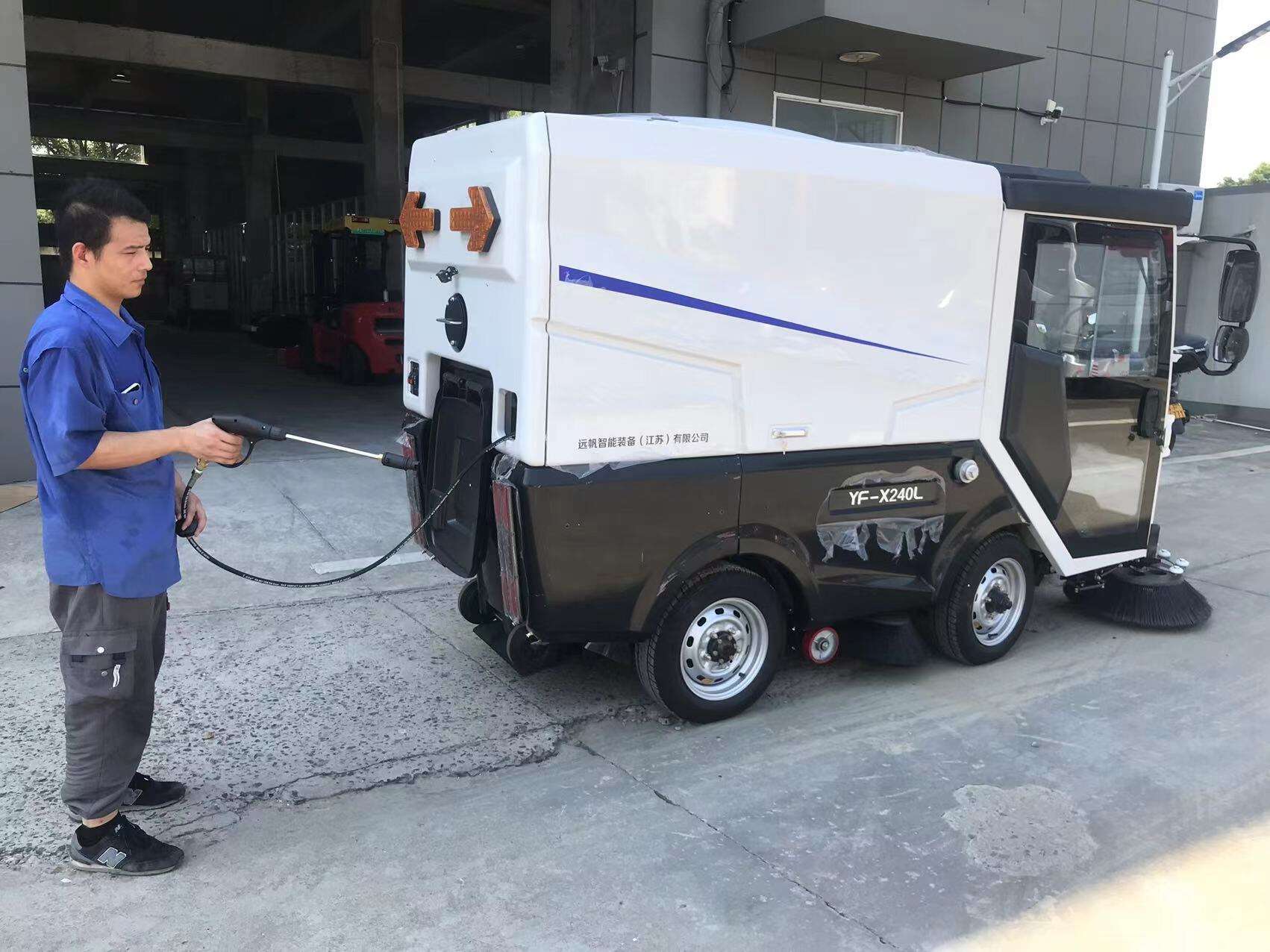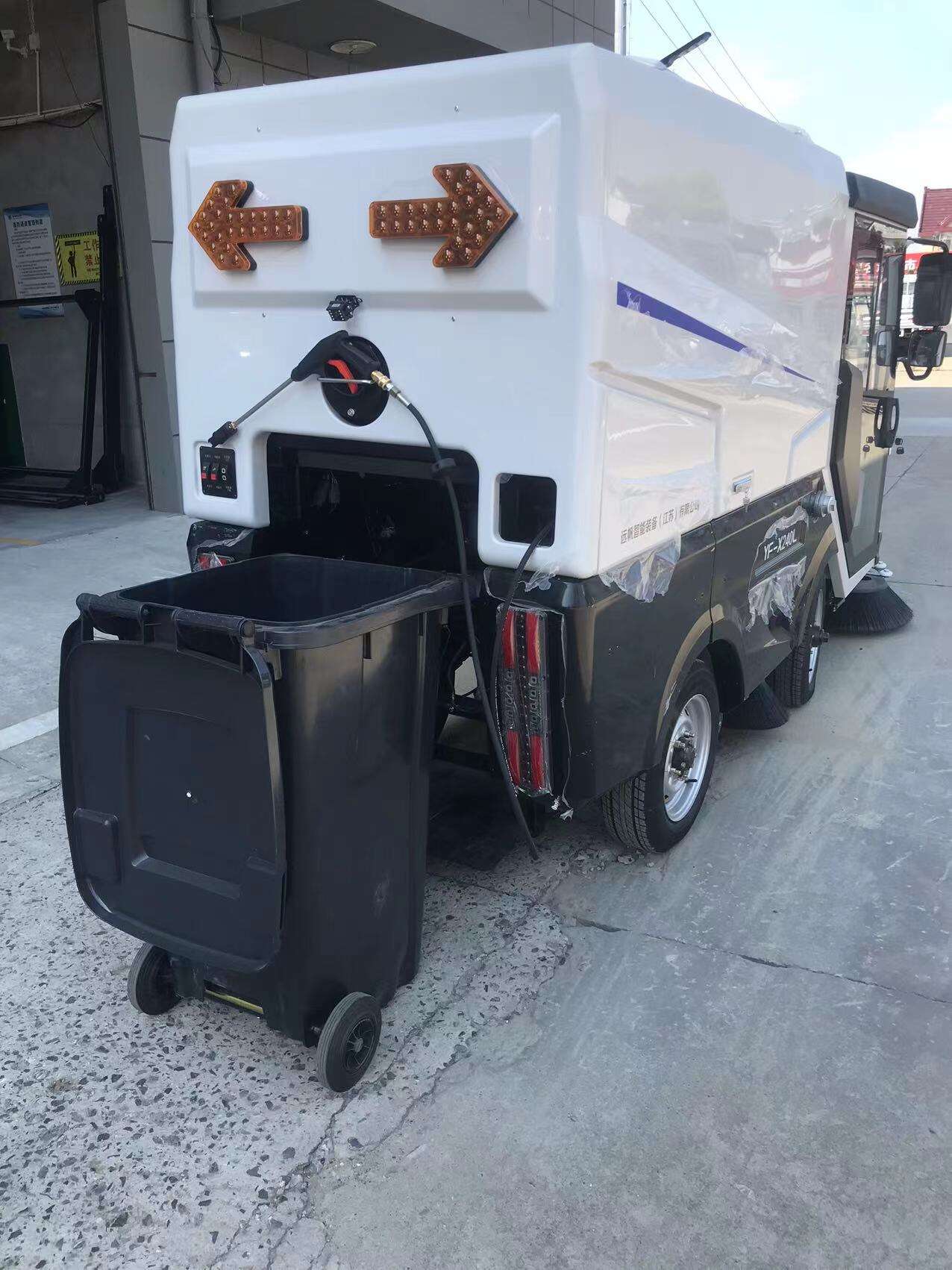electric street sweeper cost
Electric road sweeper suppliers are revolutionizing urban cleaning operations with their state-of-the-art cleaning solutions. These innovative machines combine powerful sweeping capabilities with eco-friendly electric propulsion, offering a sustainable approach to street maintenance. The advanced sweeping systems incorporate dual-brush technology, high-capacity debris containers, and intelligent dust suppression mechanisms. These sweepers feature cutting-edge battery technology, providing extended operational hours and quick charging capabilities. The machines are equipped with ergonomic operator cabins, intuitive control panels, and advanced safety features including 360-degree camera systems. They excel in various applications, from narrow city streets to large industrial complexes, offering adjustable sweeping widths and specialized attachments for different cleaning requirements. The suppliers ensure comprehensive after-sales support, including maintenance services, spare parts availability, and operator training programs. These electric sweepers demonstrate superior performance in removing both fine dust particles and larger debris, while maintaining noise levels significantly lower than traditional diesel-powered alternatives. The integration of smart technology allows for real-time monitoring of machine performance, route optimization, and maintenance scheduling, maximizing operational efficiency and reducing downtime.


